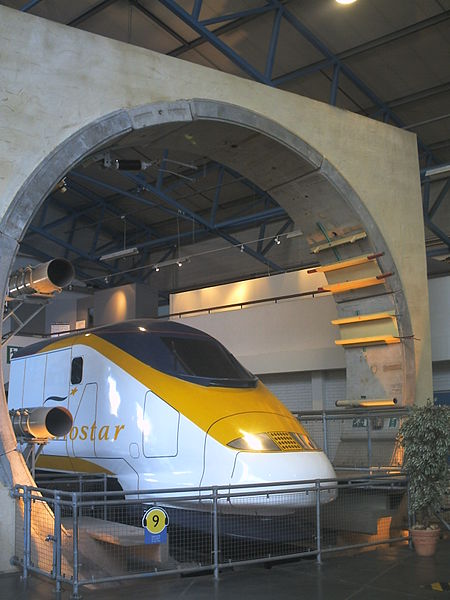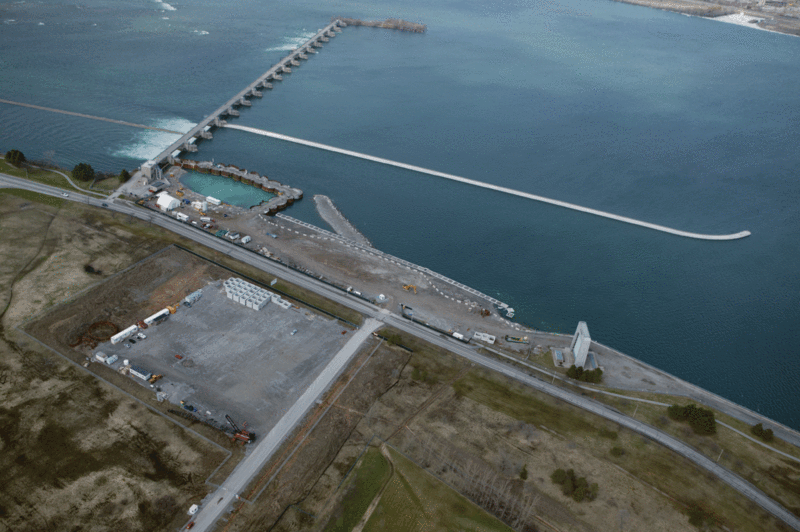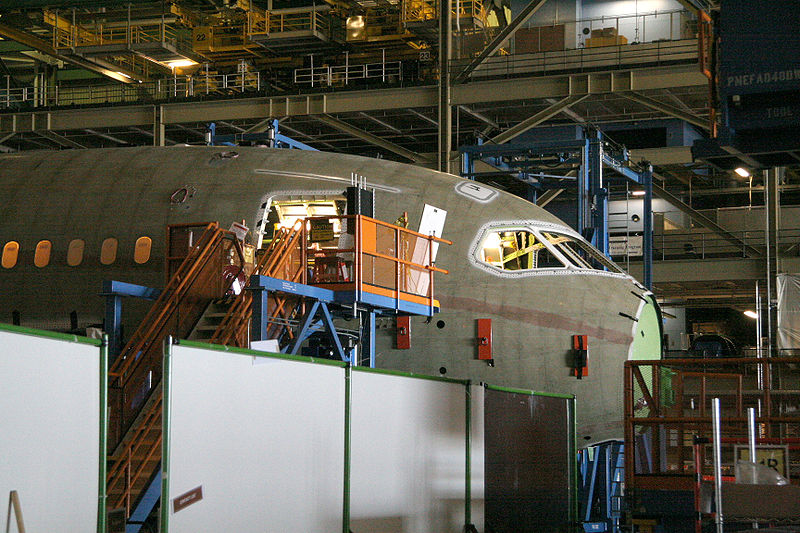Farndale's PM Lessons Learned
Channel Tunnel
The Channel Tunnel is a 50 km railway tunnel between the United Kingdom and France. The 6-year long project started in 1988 and up till now it’s still a reference for other mega construction projects. Project managers had to manage two governments with different cultures, languages and laws and legal systems. Two of the management lessons learned: a complete scope study should be well defined and agreed upon by the different stakeholders as early as possible to avoid any delays and/or budget mismanagement; the PM team should always experience caution while fast-tracking activities as it might affect the quality of the work done and may cause problems in the future phases of project execution.

This is part of a series of blogs about recently completed projects, thanks to my University of Toronto Master of Engineering students for their much more detailed reports.
Wembley Stadium
Wembley Stadium was a mega construction project in the United Kingdom, owned by the Wembley National Stadium Ltd (WNSL), a subsidiary of the Football Association and completed by general contractor Multiplex. Multiplex signed a fixed price contract, which is uncommon with similar projects, with WNSL. Multiplex estimated the project’s price in 2000 at £326.5m. By the time the bid was signed the cost rose to £445m. The stadium should have been completed in 2003 but the work did not start until September 2002. By the end of the completion, Multiplex’s cost rose up to £757m. The project delays and the price cost overrun have put Multiplex in many legal disputes with the project’s stakeholders. Lessons learned: adapt an integrated project delivery method to minimize scope changed and cost differences; develop a better stakeholders management plan; and change your contract type (in this case from fixed-price to a cost reimbursement contract). The article “Wembley stadium(A failed project) associated problems” by Farzan is recommended.

This is part of a series of blogs about recently completed projects, thanks to my University of Toronto Master of Engineering students for their much more detailed reports.
Niagara Tunnel
The Niagara Tunnel project completed by OPG in 2013 allows Canada to take its full share of the water-sharing treaty with the USA, for hydroelectric generation. The 14 meter diameter tunnel, although it was late and over budget, is considered a significant success — the project won international prizes. Lessons well demonstrated: Build a careful business case and reevaluate when appropriate; choose your contract types; maintain good working relations; and change your contract type (in this case from fixed-price design-build to cost-plus-incentive fee) if circumstances change.

This is part of a series of blogs about recently completed projects, thanks to my University of Toronto Master of Engineering students for their much more detailed reports
Olympic Stadium Montreal
Montreal Olympic Stadium, the famous “Big Owe”, incomplete at the time of the Olympics in 1976, illustrates that megalomania by the designer and the sponsor must not replace project management discipline. Anyone involved in public works (or pre-cast concrete) should pay attention. I recommend a contemporary book, The Billion-Dollar Game: Jean Drapeau and the 1976 Olympics by the colourful Nick Auf der Maur (ISBN 0-88862-106-X) as a fascinating read. Even his Wikipedia page is entertaining.

This is part of a series of blogs about recently completed projects, thanks to my University of Toronto Master of Engineering students for their much more detailed reports.
Boeing 787 Dreamliner
The Boeing 787 Dreamliner announced in 2003 and flight-certified in 2011, and is considered Boeing’s most revolutionary project. It is a mid-size, wide body aircraft that is 20% more fuel efficient than similar sized airplanes. The reduction in fuel consumption was achieved by implementing a large proportion of composites into the structure of the plane which made Dreamliner about 35,000 pounds lighter than similar sized aircraft. The project was set to start on April 2004 with an estimated budget of $5 billion and was planned to be complete in the summer of 2008. The actual aircraft release was in September 2011 with a final cost of almost $20 billion. Lessons learned from this project include: The performance of a project should be reasonable instead of an ambitious or risky one, Scope creep should be evaluated and controlled carefully, and quick response is vital to scope changes and comprehensive trade-off studies should be conducted whenever and wherever necessary.
Two of the management lessons discovered by my student teams: Recognize the risks and complexity of outsourcing an unprecedented proportion of design and manufacturing to three tiers of suppliers around the world; in the face of obvious problems, honesty may be the best policy.

This is part of a series of blogs about recently completed projects, thanks to my University of TorontoMaster of Engineering students for their much more detailed reports.
